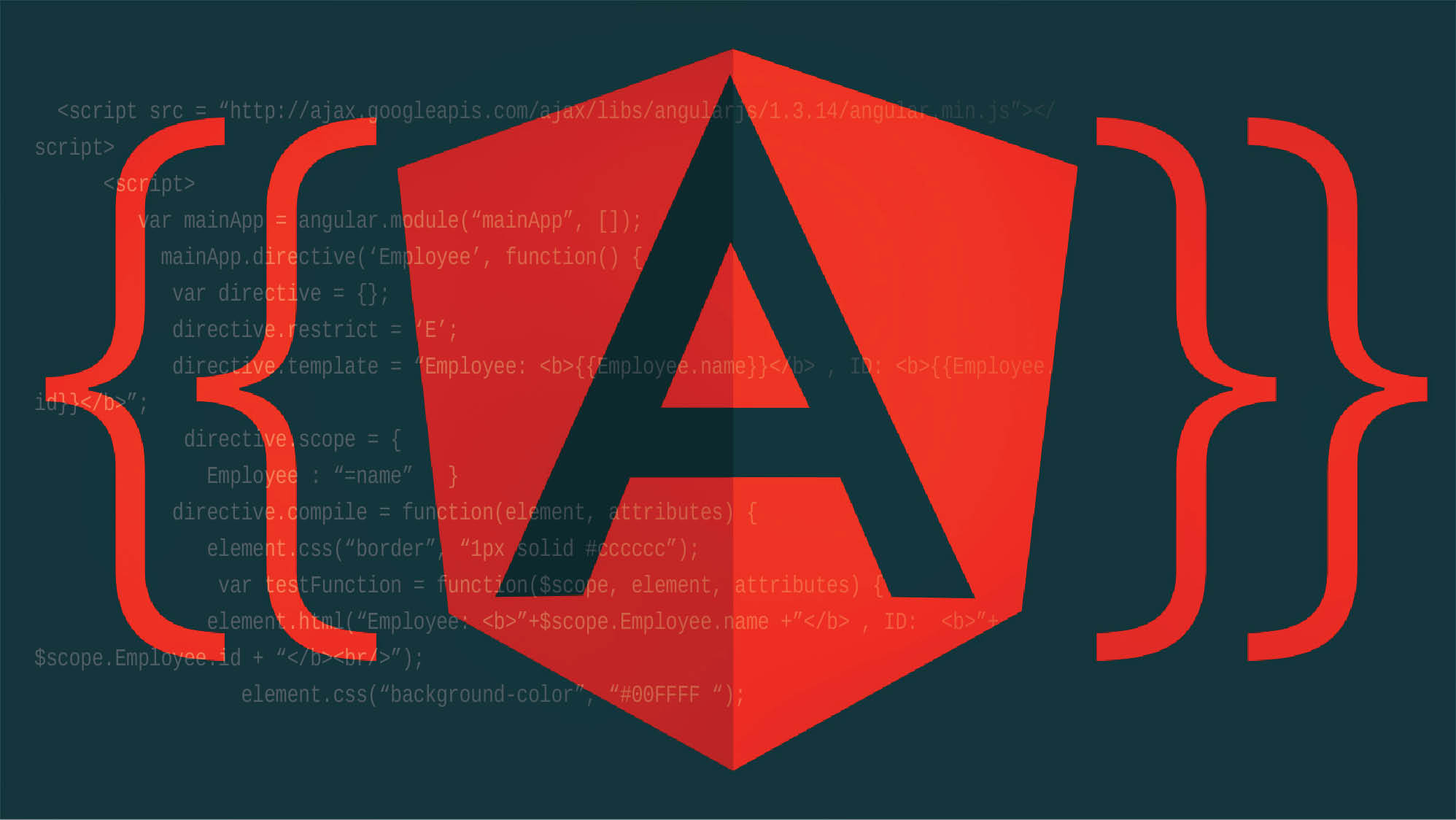
Google has finally announced the final release version of Angular 2.0 after teasing its initial development in 2014. This updated framework is completely revamped from its predecessor to transform the world of web.
Angular 2 was one of the most anticipated open source developments by Google. It was first announced in September 2014, but the very first beta version of Angular 2 was released in December 2015. The prime reason behind the two-year long development is the number of features that the search giant developed for the new version.
“Angular 1 first solved the problem of how to develop for an emerging web,” writes Jules Kremer, technical program management at Google, in a blog post. “Six years later, the challenges faced by today’s application developers, and the sophistication of the devices that applications must support, have both changed immensely.”
Unlike the time when Angular 1 debuted back in 2010, web developers nowadays have several choices for their web projects. There are some of the leading JavaScript frameworks to take on the first-generation Angular. Thus, its successor needs to be completely rewritten.
Modular and flexible
Angular 2 has better support for modern browsers as well as an improved mobile development experience. There is also a modularity change to offer the core functionality through modules to enable the usage of third-party libraries.
Google is recommending developers to use Microsoft’s TypeScript to write code for their web apps. This would provide features like static typing and class-based object-oriented programming.
Result of open source community efforts
Angular 2 is a result of the community efforts. Kremer affirms that several open source developers help in successfully building the framework. “We are grateful to the large number of contributors who dedicated time to submitting pull requests, issues and repro cases, who discussed and debated design decisions, and validated (and pushed back on) our RCs,” she adds.
Google’s team is in plans to enhance Angular 2 further by adding some new features. Shortly, the framework would get the final release of WebWorkers, Angular Material 2, enhanced animation experience, new features and languages for Angular Universal and some speed and payload size improvements.
In the meantime, you can access the core integrations of the first final release of Angular 2. A quickstart application to enter the world of Angular is available on its official website.



